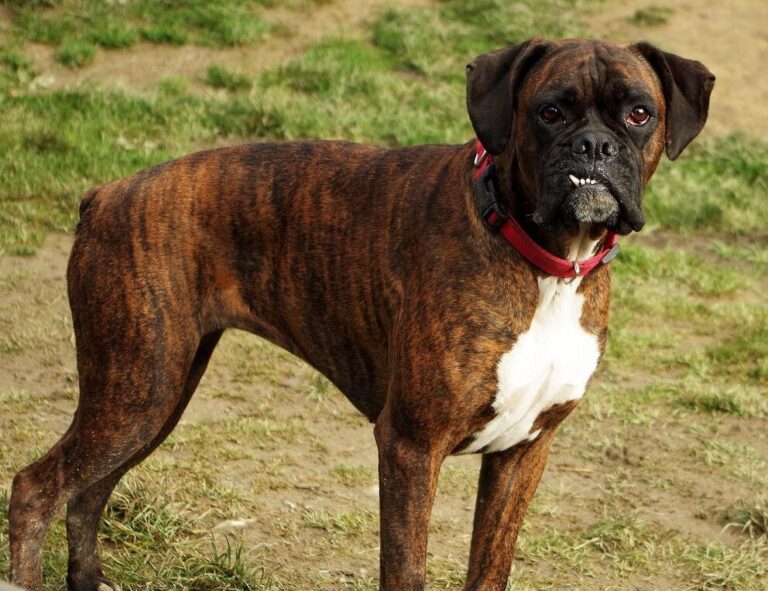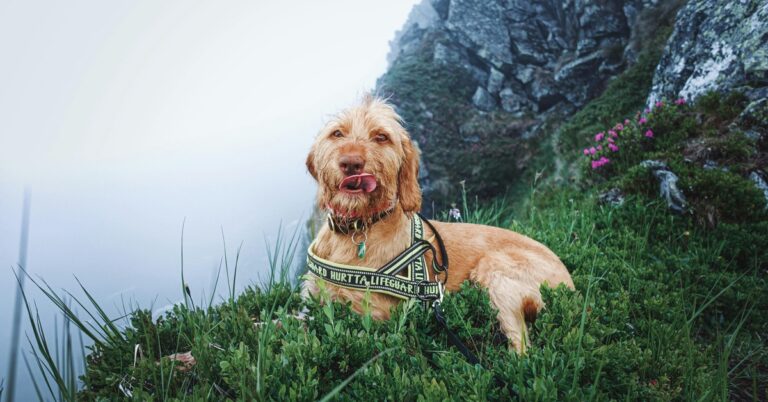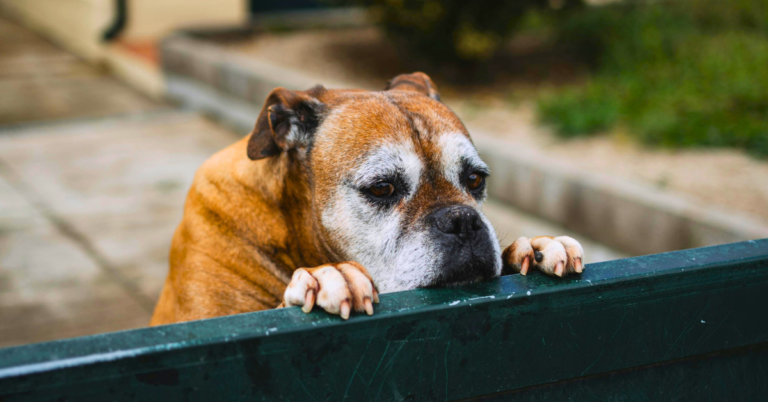Stuck Inside? Here’s How to Keep Your Dog Busy and Happy
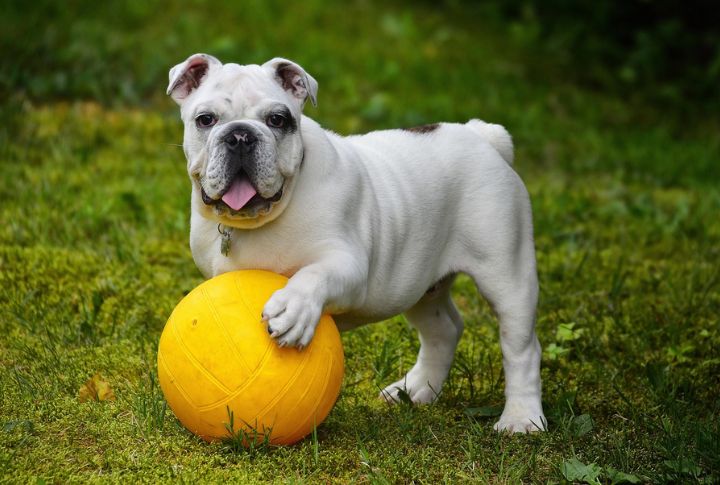
Not every day works out the way you planned. Maybe the weather’s a mess or your schedule just won’t budge. Either way, your dog still wakes up ready for action. Being indoors doesn’t have to mean boredom or chaos. With a little creativity, you can turn a quiet day inside into one that feels full—for both of you.
Set Up A DIY Agility Circuit
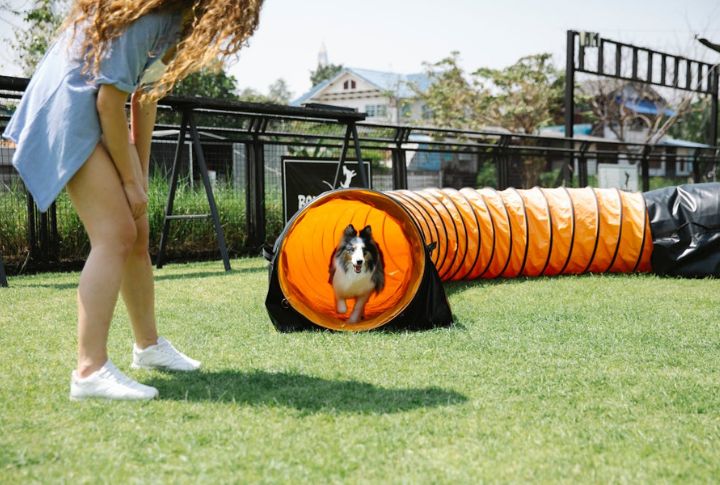
Your living room has more potential than it gets credit for. A few simple changes to the space can turn it into a playful challenge that gets your dog thinking and moving. Even in a small apartment, weaving through narrow gaps or stepping over low barriers becomes a fun way to stay active.
Work On Core Strength With Balance Drills
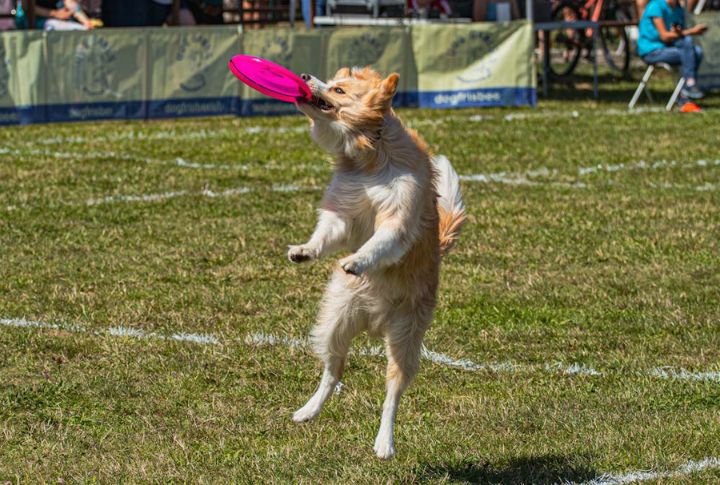
An upside-down food bowl or inflatable disc becomes a balance platform. Encourage front-paw placement first, then progress to full-body engagement. For older dogs or those with joint issues, these exercises build strength gently without high-impact movement, helping prevent injury and maintain long-term mobility.
Rotate Puzzle Toys To Avoid Burnout
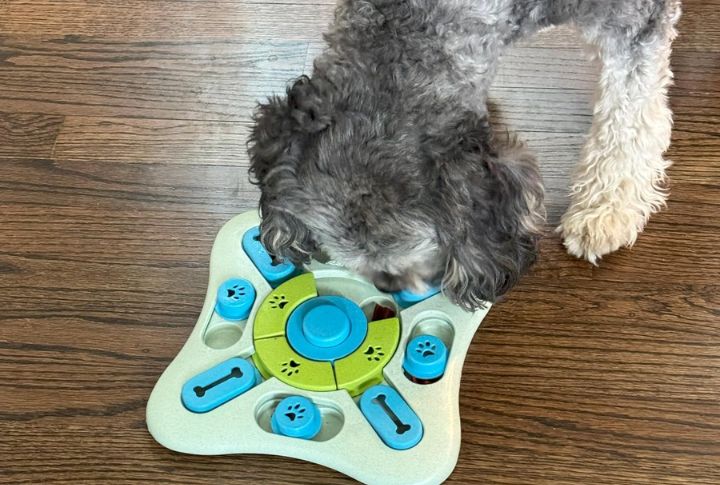
One puzzle toy used every day loses its charm. Keep two or three in rotation and change the rewards inside. Mental fatigue can tire a dog faster than a brisk walk. When used strategically, puzzles help redirect restless energy and encourage calmer behavior indoors.
Create A Controlled Shredding Zone
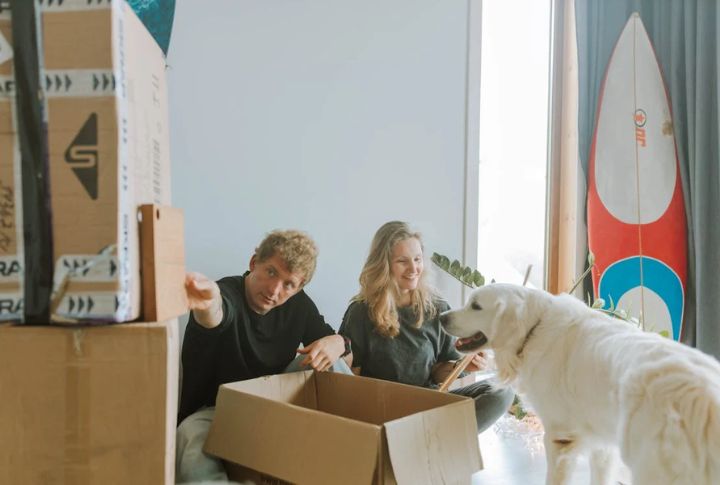
Instead of hiding the recycling bin, give your dog permission to rip something apart. Fill a cardboard box with newspaper scraps and a few treats. The mess is worth it—shredding taps into primal instincts and relieves stress, especially for breeds bred to “work” with their mouths.
Offer A Safe Indoor Dig Spot
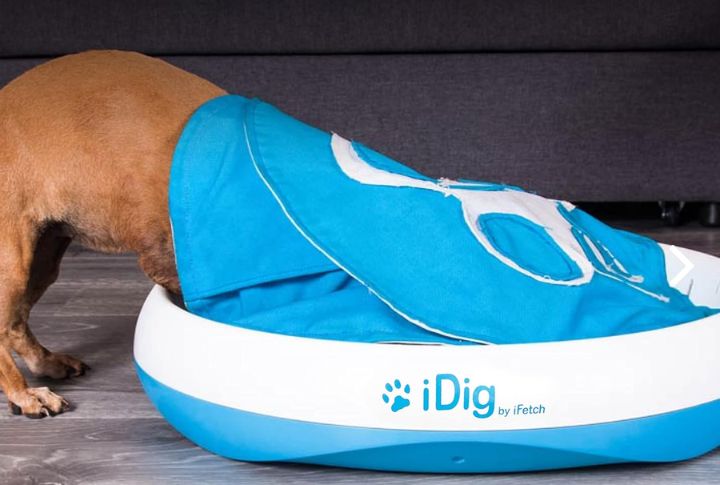
Dogs who love to dig don’t always need a backyard to stay satisfied. Try setting up a spot where it’s safe to root around—like a soft pile of blankets or a low bin filled with fabric. As they nose through and unearth hidden surprises, they get the same satisfaction as outdoor foraging, without tearing up the furniture or the carpet.
Make Lickmats A Creative Project
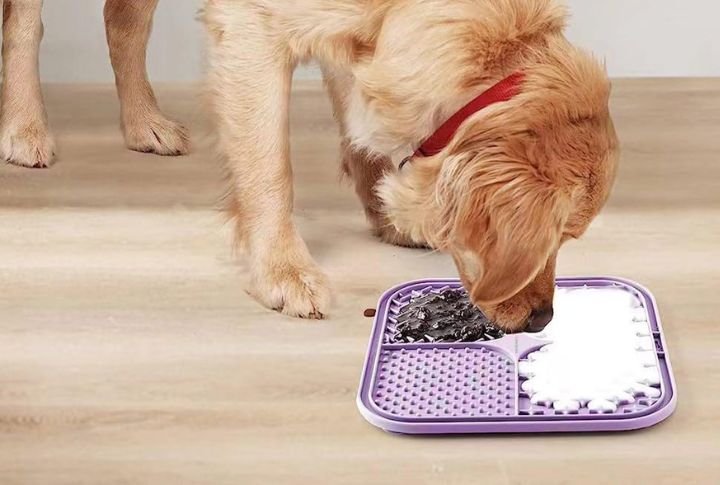
Smear peanut butter or yogurt onto a textured mat, then drag a fork across for layers. Freeze it to extend the challenge. Lickmats aren’t just calming—they’re excellent for anxious dogs who benefit from self-soothing routines during loud weather or downtime indoors.
Train Calm Reactions At The Window
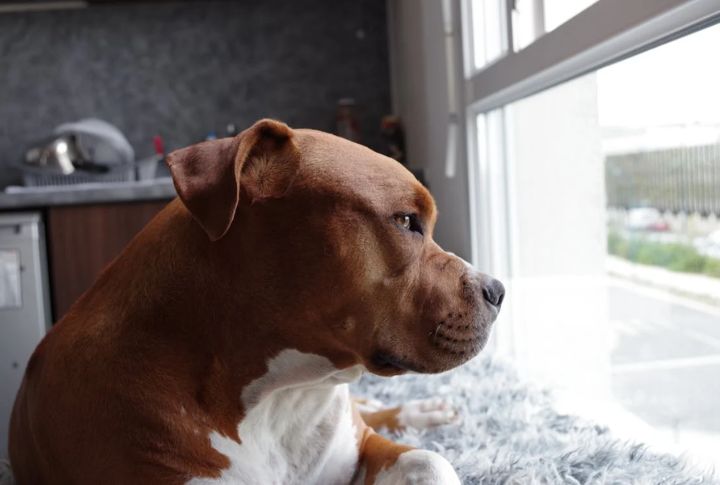
Set up a treat station near your dog’s favorite lookout and reward quiet alertness before barking begins. Over time, they’ll associate passersby with snacks, not stress. This can be especially effective with herding breeds prone to territorial noise.
Bring Tug And Fetch Into The Hallway
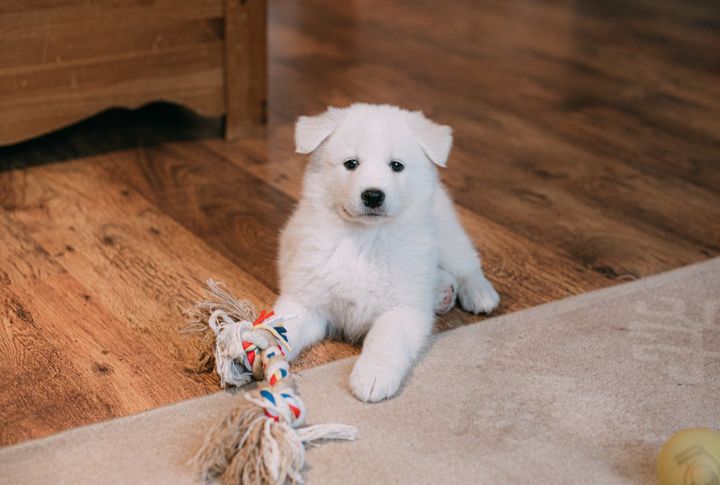
Use soft tug ropes and lightweight indoor balls to prevent damage. Tug builds impulse control when paired with cues like “drop it.” For fetch, a hallway creates structure and minimizes chaos. Add tricks between tosses for extra mental engagement.
Engage In Gentle Social Play
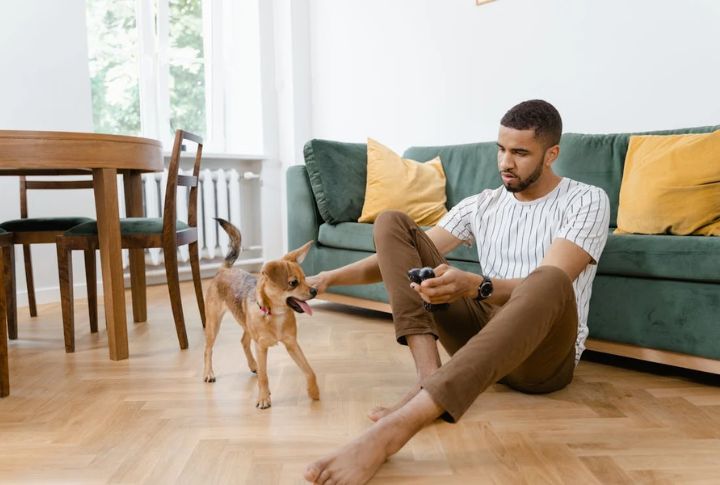
For some dogs, the best kind of play doesn’t involve toys at all. They respond more to your presence, your movement, and the energy you bring to the moment. Lying on the floor and gently interacting with them can create a strong sense of connection. It’s not about doing tricks or staying busy.
Turn Scent Work Into Hide-and-Seek
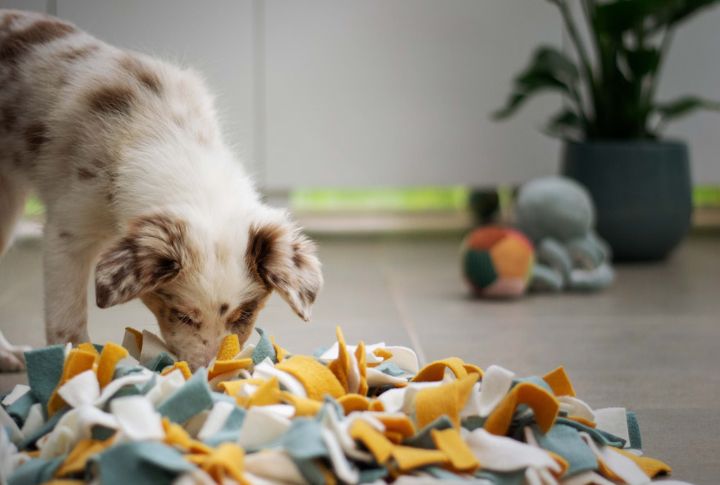
Drop a few irresistible treats in places your dog doesn’t expect, just enough of a challenge to get their nose working. As they search, they’re fully engaged, using instincts that don’t get much action during a regular walk. It’s a fun way to make familiar spaces feel fresh and rewarding.
Play Keep Away To Build Focus
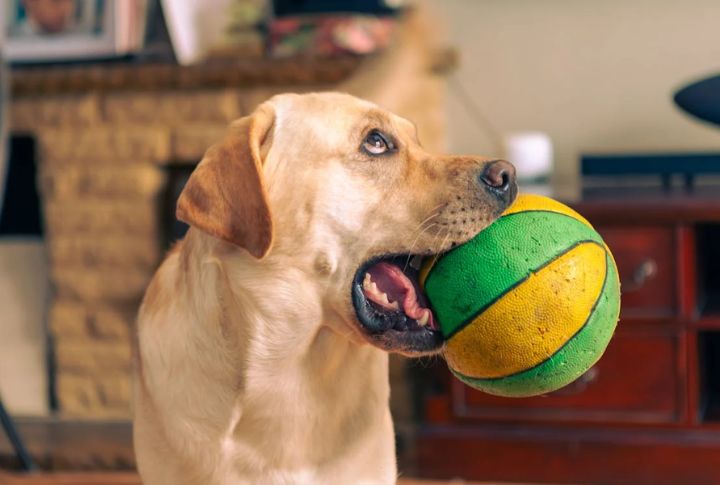
Stand on opposite ends of a room and toss a toy back and forth while your dog tries to intercept. Use predictable tosses to build confidence, then vary timing to challenge their coordination. End the game with a reward to prevent overstimulation or frustration.
Desensitize with Sound Training
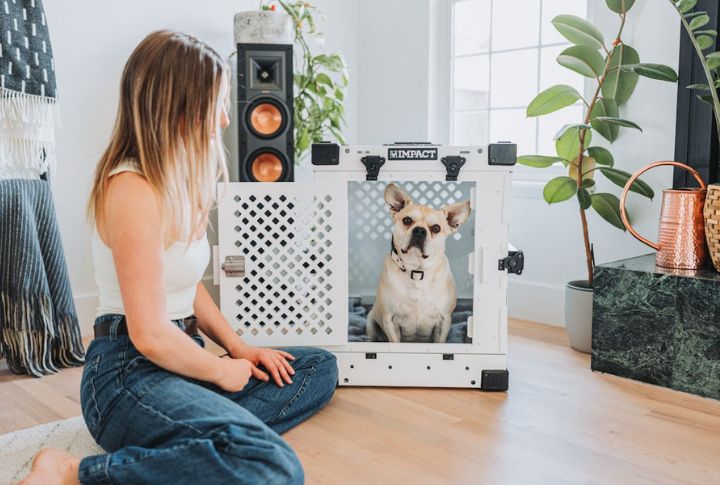
Play recordings of fireworks or storms at a low volume while pairing them with treats or play. Gradual exposure—just a few minutes a day—can build resilience over time. Avoid overdoing it; one session too loud can undo progress you’ve made.
Run a Quick Canine IQ Challenge
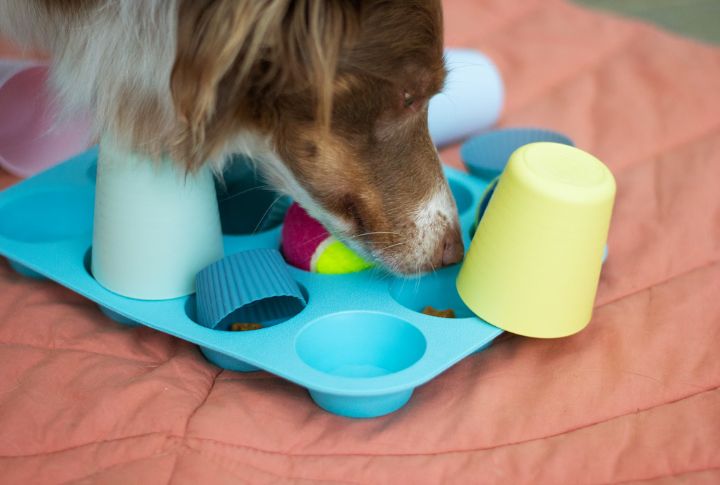
Place a treat somewhere just out of sight—tucked behind a book or hidden under an overturned cup. Then step back and watch how your dog reacts. Some dive right in, others take their time or look to you for hints. However they approach it, you’re learning how they think and solve challenges in real time.
Revisit The Basics With New Distractions
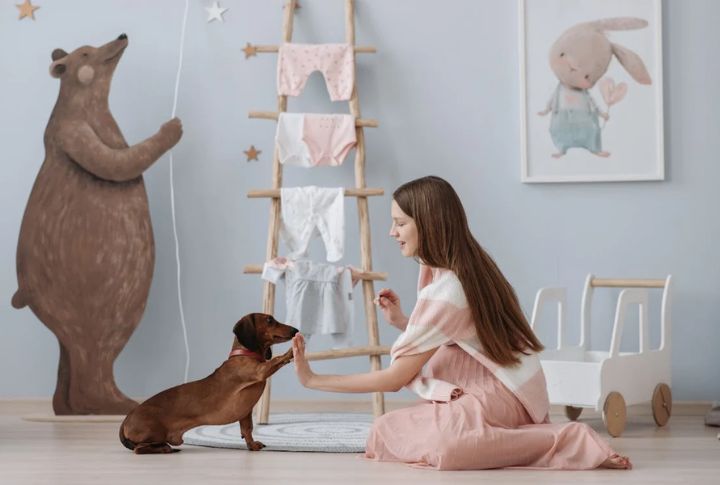
Your dog might nail commands in a quiet room, but the real test is how they respond when life is happening around them. Try practicing in the living room while the TV’s on or in the yard when neighbors are chatting nearby. It doesn’t have to be perfect—just real.
Turn Familiar Tricks Into New Skills
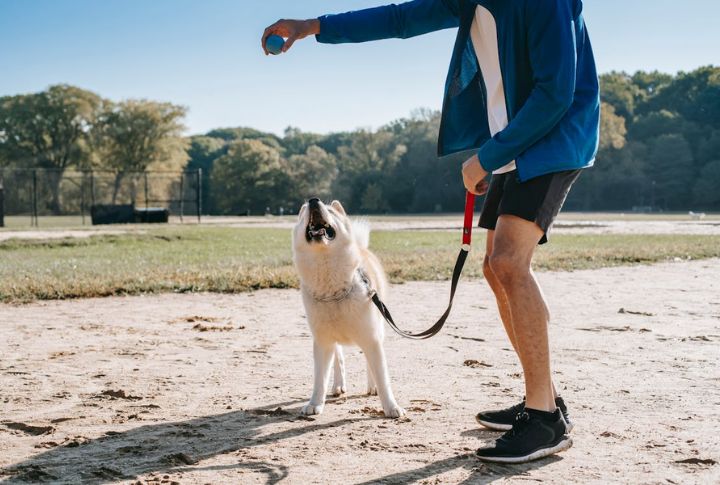
Once your dog knows the basics, it’s easy to build on them in creative ways. Try giving a command from a distance or mixing two familiar cues into one sequence. You’re not teaching new tricks—you’re stretching the ones they already know. It’s a great way to challenge senior dogs or those with mobility issues who still light up when it’s time to learn.
Introduce One New Trick At A Time

Choose a simple behavior—like “bow” or “wave”—and break it into small steps. A few minutes of daily practice is all it takes. If your dog thrives on progression, consider expanding to multi-step routines or verbal cue chains for added mental engagement.
Normalize Grooming Through Cooperative Care
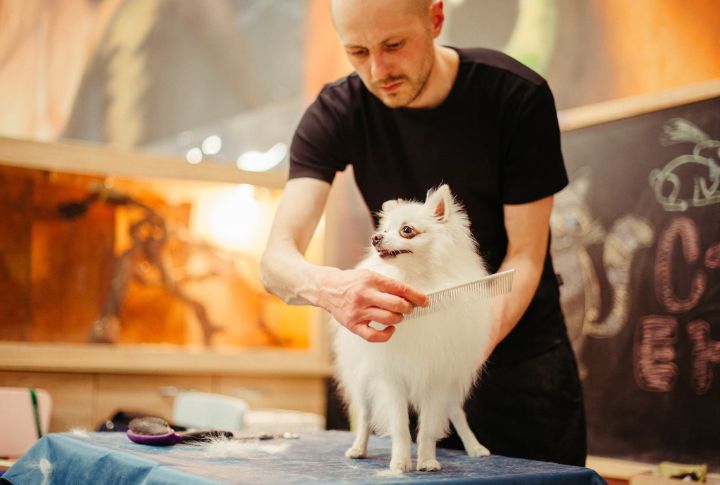
Instead of forcing your dog through grooming tasks, teach them a simple way to say, “I’m ready.” Something as small as resting their chin in your hand or on a cushion can be the green light to begin. With patience, gentle handling, and plenty of treats, these moments start to feel like teamwork. Grooming becomes less of a chore and more of a shared routine.
Drag A Treat Trail Around The Room
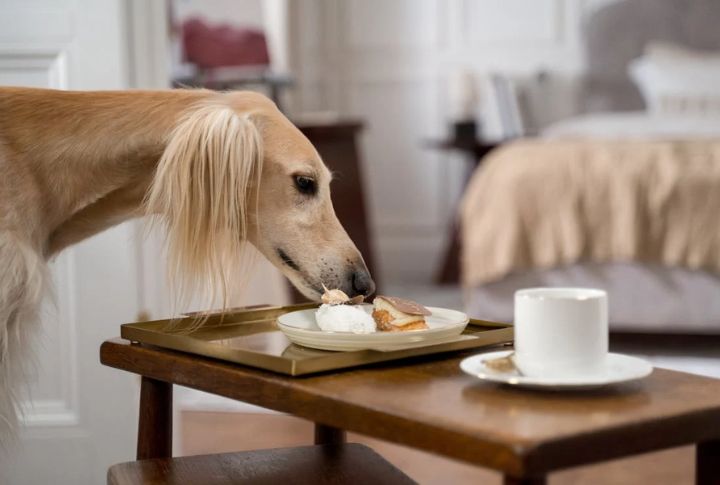
Let your dog follow their nose—literally. Drop a treat in your hand and casually drag it across the floor without making a big deal of it. Loop around table legs or across a rug, then tuck the reward somewhere they’ll need to sniff out. It’s a challenge that tires them out in the best way without needing much space or equipment.
Teach Object Targeting For Practical Fun
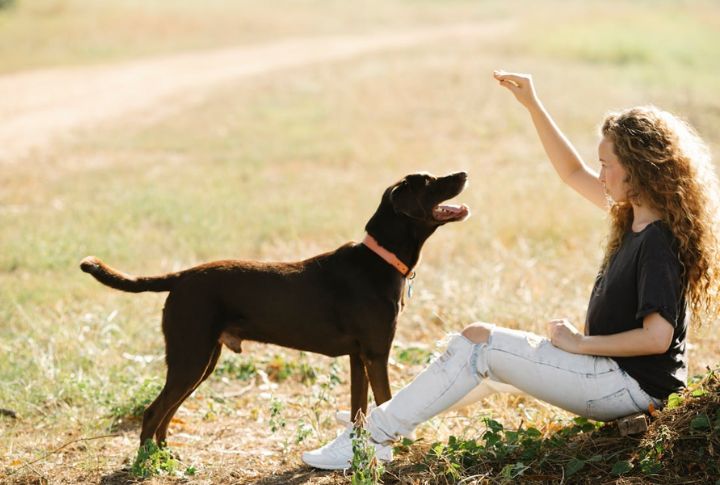
Start by encouraging your dog to touch their nose to your hand, then advance to objects like sticky notes or cones. Eventually, you can teach more complex targets like buttons or doorbells. This helps with impulse control and provides a foundation for more advanced tasks.
Build A Blanket Fort To Explore

Drape a blanket over a couple of chairs and you’ve created something new—a soft, shaded space that shifts the energy of the room. Your dog might nose their way inside out of curiosity or settle in without hesitation. It’s a low-effort way to spark interest and offer a quiet corner that feels safe and just for them.
